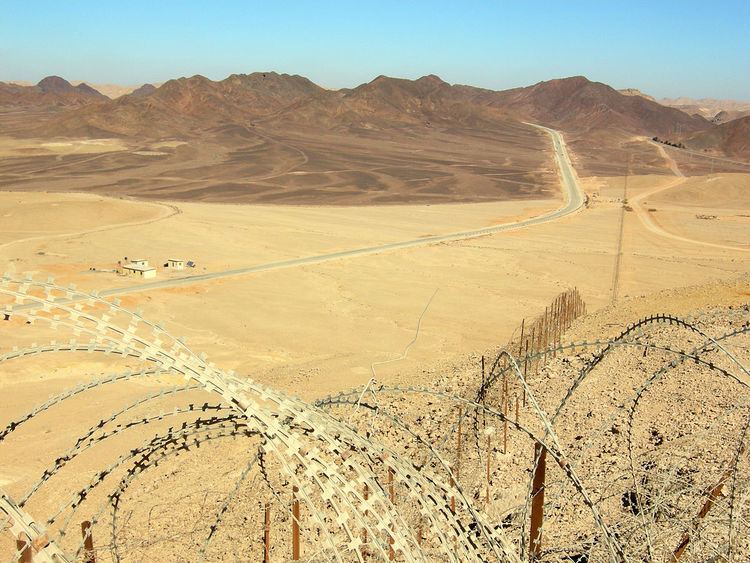 | ||
Land for peace is an interpretation of UN Security Council Resolution 242 which has formed the basis of subsequent Arab-Israeli peace making. The name Land for Peace is derived from the wording of the resolution's first operative paragraph which affirms that peace should include the application of two principles: Withdrawal of Israeli forces (Giving Up Land), and Termination of all claims or states of belligerency (Making Peace). Since the resolution stipulates that both principles should apply, they can be viewed jointly as giving up land for peace, referred to more concisely as 'land for peace'.
Contents
This interpretation is widely contested because it implies that Israeli withdrawal is linked to its neighbours' willingness to formally make peace. Competing interpretations of the resolution regard Israel as being obligated to withdraw unilaterally from all territories captured in 1967. Operative paragraph 1 of 242 reads as follows:
When in 1976 Lord Caradon was asked about the concessions the Arab states would have to make to Israel as part of an overall settlement he said "Well, that's perfectly obvious if you read again the principles of 242, which have been accepted by Egypt, Jordan, Syria and Saudi Arabia, and in effect by Israel. The provision is that if there is an adequate withdrawal, all states in the area must be free to live within secure and recognized boundaries, free from force and threat of force. So it is an acceptance that Israel has a right to exist, just as they would have a right to their homeland, and have a right to exist. This is the essential bargain that we are proposing. It's not a new thing, it's been going since 1967.
Peace Treaties
Land for Peace was first used as the basis for Israel's peace treaty with Egypt in 1979, where Israel withdrew from the Sinai as part of a comprehensive peace agreement facilitated by economic assistance to both sides from the United States. In 1994 a similar comprehensive agreement invoking resolution 242 formed the basis of the Israel Jordan peace treaty whereby both sides redeployed to their respective sides of the agreed international boundary.
Criticism
The forced eviction by Israel of its settlers and military forces in entirety from the ground territory of the Gaza strip has been put forth as a 'test case' of "Land for Peace" with the Palestinians.
